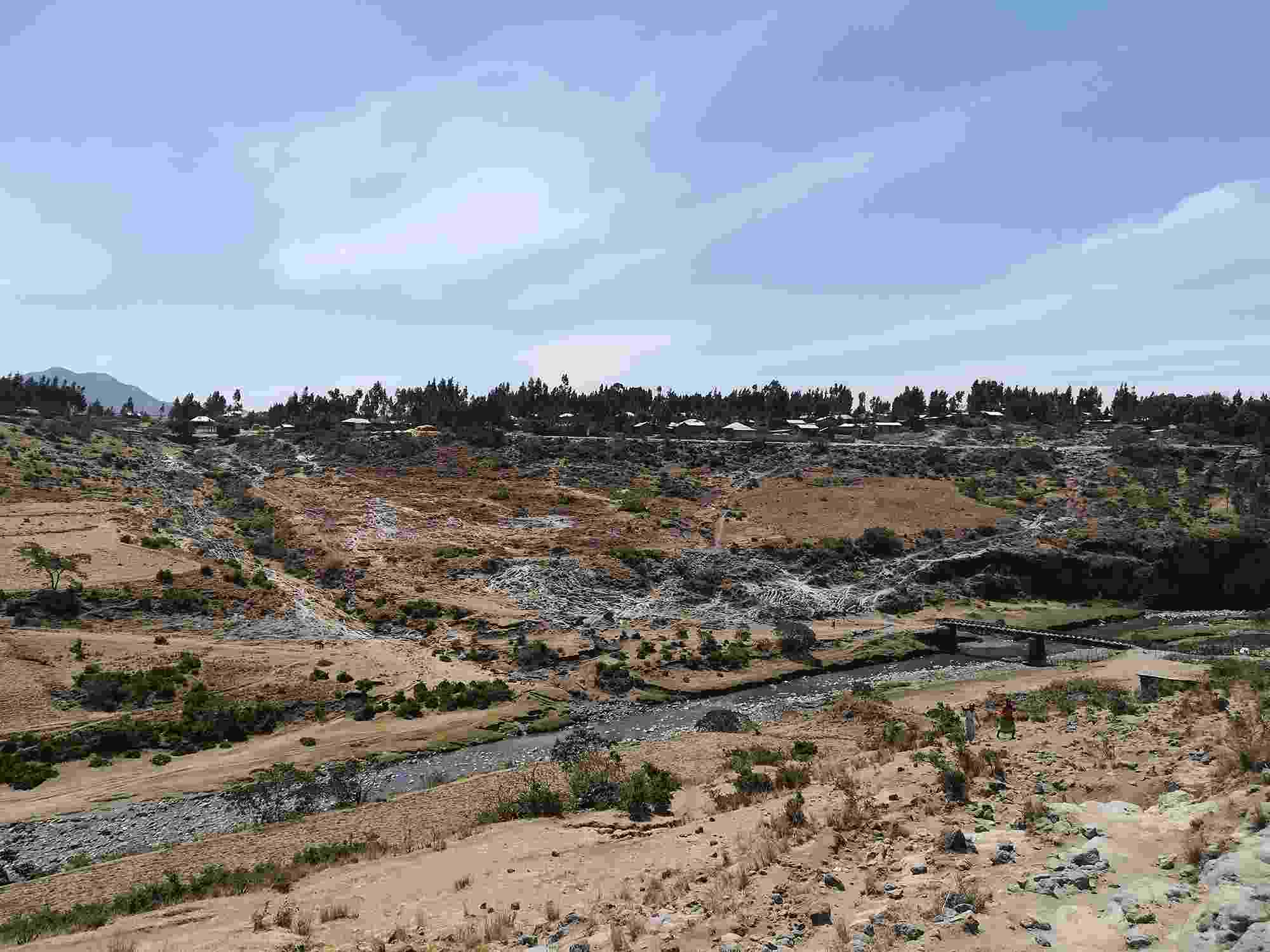Effects of land use land cover change on streamflow of Akaki catchment
Addis Ababa, Ethiopia
25 April 2023


The Akaki River, Ethiopia
Authors: Ephrem Derso Negash, Wegayehu Asfaw, Claire L. Walsh, Getahun Kebede Mengistie, and Alemseged Tamiru Haile
Abstract: Evaluation of the hydrological impact of urbanization-induced land use land cover (LULC) changes for medium to large catchments is still an important research topic due to the lack of evidence to conclude about how local changes translate to impacts across scales. This study aims to provide evidence on the effects of LULC change on the streamflow of the Akaki catchment that hosts Addis Ababa, the capital city of Ethiopia. Since the comparative performance of classification algorithms is poorly understood, we compared the performance of one parametric and five non-parametric machine learning methods for LULC mapping using Landsat imageries. To investigate the effect of LULC changes on streamflow, a semi-distributed HEC-HMS model was calibrated and validated using daily discharge data at multiple sites.
Findings of this study showed that: (i) the accuracy of classification and regression tree (CART) was superior to the other classifiers, (ii) from 1990 to 2020, urban and forest cover increased at the expense of agricultural and bare land, (iii) the performance of the HEC-HMS model was acceptable at all stations during both the calibration and validation periods, and (iv) the mean annual and main rainy seasonal streamflow of the catchment experienced significant increases due to LULC change, but the simulated streamflow changes highly varied with the type of LULC classifier. This study contributes to the limited evidence on how catchments, with rapidly developing cities are prone to hydrological regime changes that need to be recognized, understood, and quantified, and incorporated into urban planning and development.



